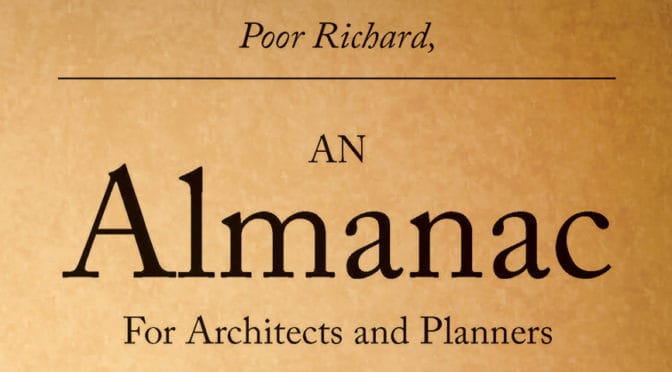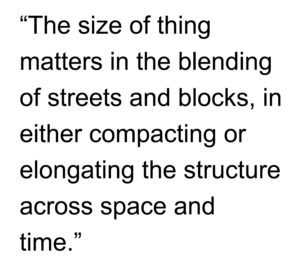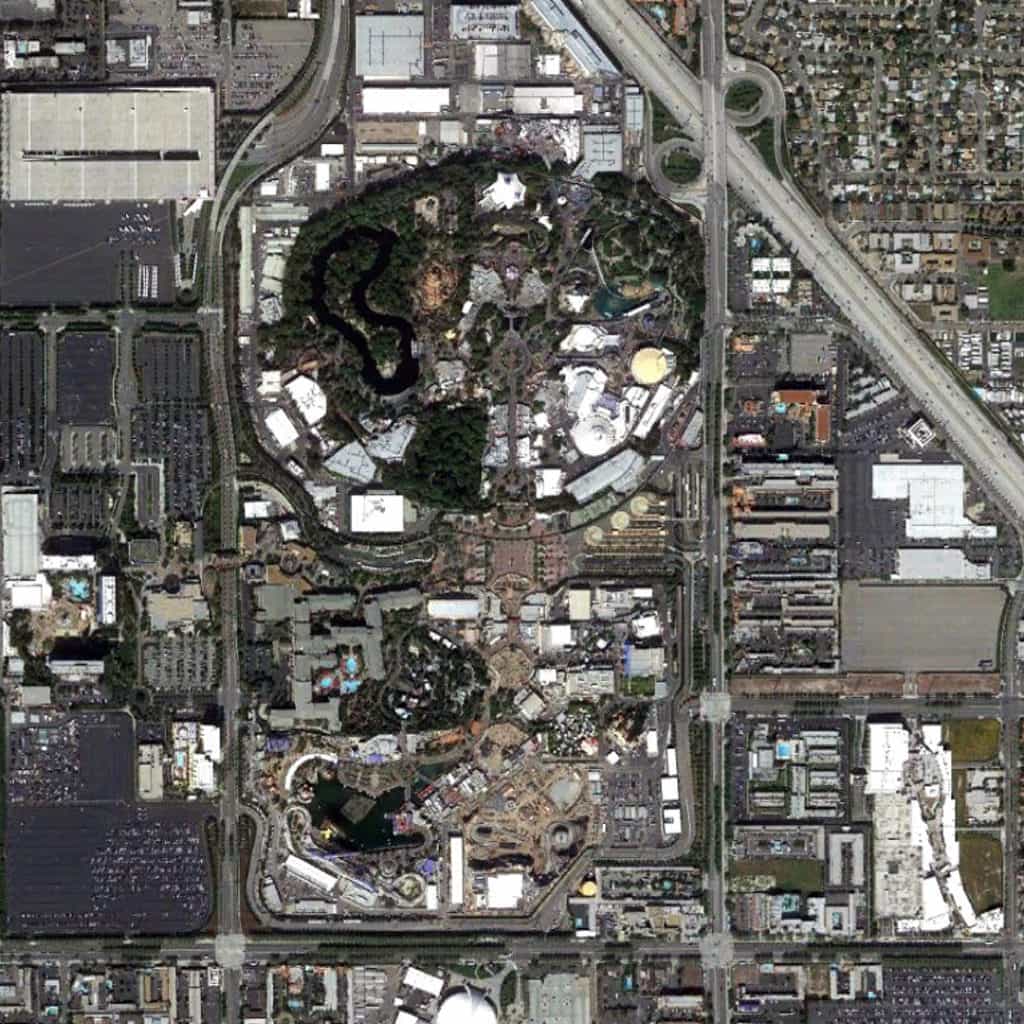More Poor Richard, Part 6
by Dr. Mark David Major, AICP, CNU-A, The Outlaw Urbanist contributor
Courteous Reader,
I attempted to win your favor when I wrote my first Almanac for Architects and Planners, in the name of the public good and professional betterment, by way of earning some profit and a wife. I am gratified by your expression of encouragement for my tireless efforts dedicated to these aims. Alas, my circumstances still find me exceedingly poor and, unluckily, exceedingly wifeless. I am required to earn some profit to address both problems whilst now addressing a third, namely testing the proposition that insanity is “doing the same thing over and over again and expecting different results.” To satisfy my own particular brand of insanity, I have written more proverbs and whimsical sayings for your benefit and, hopefully, my own.
As before on The Outlaw Urbanist, I write this new Almanac in increments of ten, according to the dictates of Moses and the Almighty. However, once published as an Almanac for Architects and Planners, the proverbs and witticisms were gathered into a number equal to the days of the week, after being reliably informed that both seven and ten are sacred numbers. My desired requirement for a wife is sufficient motive to write this new Almanac in the hope it will find your favor and retweets as a means of demonstrating the usefulness of my continued efforts but also your charity to this sane Friend and poor Servant,
Richard
On Space and Light
51. Quality of space is more important than quantity of space.
52. Materials and space express the essential syntax of any architecture.
53. There can be beauty in the mundane but never anything mundane about the beautiful.
54. Architecture is a set of binary relationships permanently in dance between light and shadow, void and solid, and the vertical and the horizontal.
55. Everybody designs in the light, nobody in the dark
56. Ignoring the spatial in city planning is akin to discounting gravity to prove the Earth is flat.
57. The sun always knew it was great. It doesn’t need architecture for enlightenment.
58. Ordinary should always be found in extraordinary.
59. Space is only a void until experienced. Only then does it become an object of curiosity.
60. Architecture is the dimensional blending of horizontal and vertical space.
Issue 7 of More Poor Richard for Architects and Planners cometh soon!



 towards its future even as constantly manifested in the present tense: been, being and becoming always.
towards its future even as constantly manifested in the present tense: been, being and becoming always.
